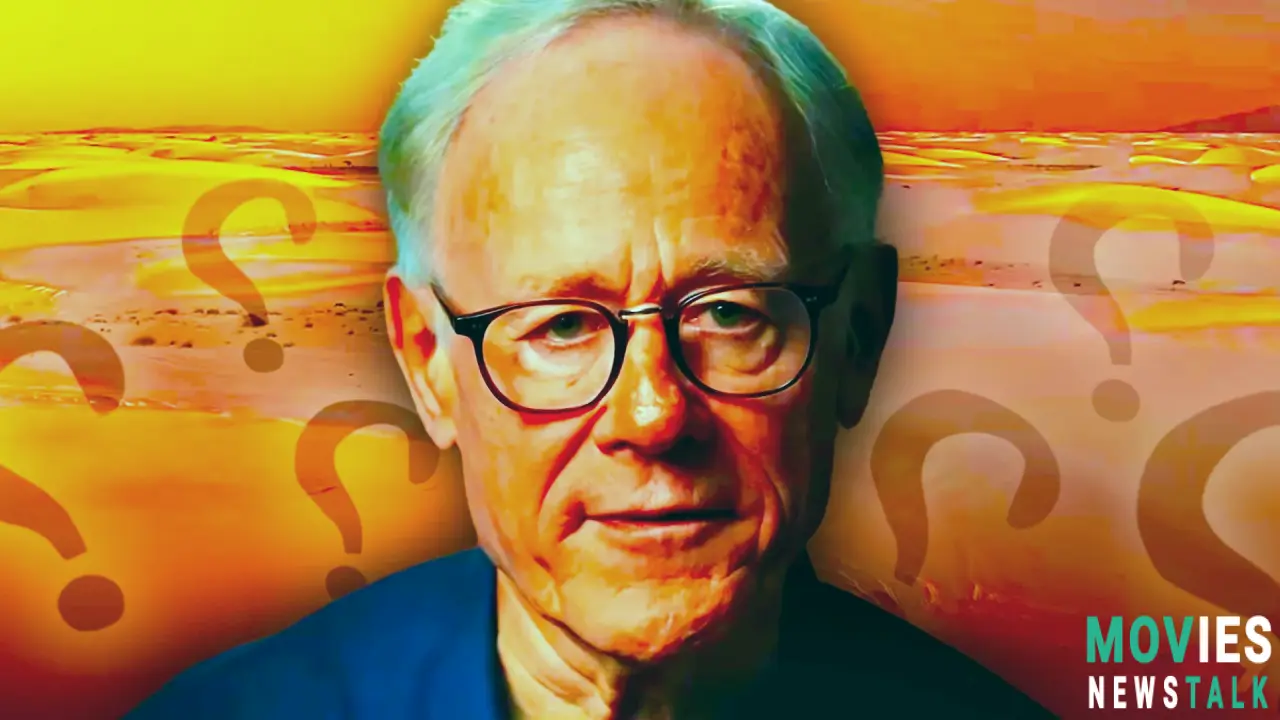Ancient Apocalypse: Amazon Geoglyphs – Lost Civilization or Something Else?
Ancient Apocalypse: The Americas – Unveiling Amazonian Mysteries
Netflix's Ancient Apocalypse: The Americas dives deep into some seriously fascinating archaeological discoveries; specifically the recently uncovered Amazonian geoglyphs. These aren't your typical ancient ruins, folks! They're huge, intricate designs etched into the Amazonian landscape, often gigantic earthworks or altered terrain, usually created through adding or subtracting dirt or rocks and clearly designed to stand out when viewed from the sky, but still recognizable even at ground level. These incredible designs often showcase gigantic circles, squares and ellipses—and are truly visually stunning!
Graham Hancock , that celebrated (and sometimes controversial) archaeologist, guides us through this mystery, adding in his own perspectives and those interesting theories. He points out something that many should really take to heart: Only a tiny portion of that massive 6.7 million square kilometers of the Amazon rainforest is really explored, so these recent findings involving many recently cleared forests and exposed surfaces of geoglyphs means much more exists–possibly hinting at a far richer, older, and way more sophisticated history than conventional accounts generally describe.
Geoglyph Origins: A Clash of Perspectives
Hancock has very specific opinions. In Ancient Apocalypse: The Americas he stresses their importance—highlighting how meticulously designed and incredibly complex the various designs seem. He implies these were way more sophisticated than currently believed; suggesting that these implied incredibly advanced planning, engineering, a huge workforce, coupled with this serious knowledge of astronomy implied within their placement and alignment!
Indigenous Amazonians however view these in an entirely different light: They generally interpret these shapes and figures as community sites, shamanic ritual areas, or places that simply showcase long-ago commercial activity within specific tribes. Their interpretations contrast deeply from what Hancock and others propose; demonstrating another interpretation regarding these massive monuments.
Hancock notes those precise geometrical designs in Ancient Apocalypse: The Americas. His view focuses on alignment to true north, potentially pointing to incredibly advanced astronomical skills (1000 BCE–1000 CE). Some Brazilian researchers link the designs to communication with other worlds! It's all food for thought–particularly for fans interested in highly specific details within Ancient history that could help expand the scope of research in different fields; helping provide more critical detail about past societies that had otherwise largely remained unexplored.
Hancock’s Claims: New Discoveries or Old News?
Hancock used aerial photography and scanning technology to showcase how these incredible monuments stretch beyond previously mapped areas, leading to these additional predictions about newly-found figures, all easily seen when the canopy was carefully removed, highlighting how much was actually hidden and left for further investigation!
Critics (like Jason Covalito from jasoncovalito.com) however remain entirely unimpressed: They say that such finds aren’t entirely new; that these same finds had already been documented long before. It's certainly a noteworthy critique, especially considering that other professional researchers had long already examined the specific region, before Hancock.
Other archaeologists (like Flint Dibble) disagree even further: He says Hancock's interpretations are highly speculative. He points out that those depictions from past cultures viewed during this specific time frame often had inherent complexities and high levels of cultural nuance that were otherwise completely missing in Hancock’s presentation. And those earthworks? Maybe they had pragmatic uses (like water transport systems, defenses, and other purposes), not unlike the many kinds of simple yet surprisingly innovative technologies built long ago to establish far more advanced, capable societies.
The Geoglyphs and the Ghosts of Advanced Civilization
Hancock sticks with his views; even in Ancient Apocalypse: The Americas: The hallucinogenic use within that region; combined with their amazing geometric precision, imply a possible connection to altered perceptions which greatly enhance those aspects that Hancock often suggests through his show! This, he believes, demonstrates higher than normal levels of cognitive functions in these previously unknown past cultures that must’ve generated those creative abilities needed to construct and understand this intricate complexity. This theory also creates another speculation – connecting designs across North America with Amazonian geoglyphs despite their separations, further strengthening Hancock’s narrative!
To Hancock, the Amazon geoglyphs hint at that previously undiscovered history; potentially an even more complex intelligence that is largely currently undocumented, a far more intelligent past civilization, with more sophisticated capabilities which are either still not widely understood, are highly mystical in nature or both. This doesn’t deliver easy answers. The Ancient Apocalypse: The Americas documentary however asks really, really good and thought-provoking questions; it's the kind of material to spur more and deeper inquiries–particularly among archaeologists!
Conclusion: Unraveling the Secrets of the Amazon
Ancient Apocalypse: The Americas showcases those amazing Amazonian geoglyphs, creating that intrigue, with both the sensationalized narrative and deeply researched accounts providing contrasting points of view; ultimately suggesting that, whatever the reality of those intricate earthworks remains – it is extremely impressive; especially considering just how much the Amazon basin remains yet unexplored; and thus presents much possibility for those wishing to discover additional information and those wanting a deeper look into the rich cultural history, with these incredible sites showing the immense levels of intellectual curiosity from a highly forgotten and largely understudied culture which still needs better explanation; for which many of these theories aim toward answering.

